
 |
登入帳戶
| 訂單查詢
| |
||
| 臺灣用戶 |
| 品種:超過100萬種各類書籍/音像和精品,正品正價,放心網購,悭钱省心 | 服務:香港/台灣/澳門/海外 | 送貨:速遞/郵局/服務站 |
|
新書上架:簡體書
繁體書
十月出版:大陸書
台灣書 |
|
|
||||
|
新書推薦: 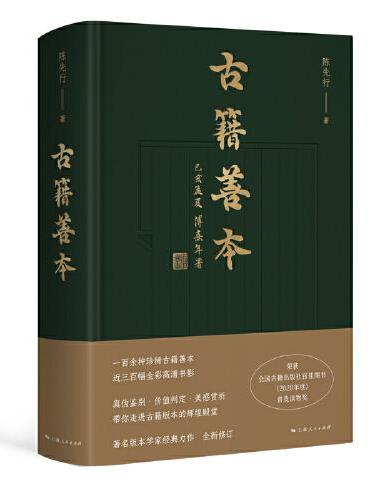 《 古籍善本 》 售價:HK$ 537.6 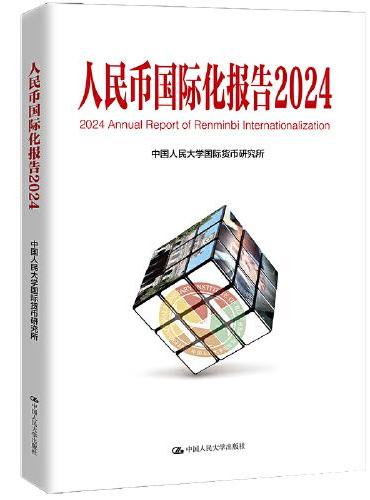 《 人民币国际化报告2024:可持续全球供应链体系与国际货币金融变革 》 售價:HK$ 87.4  《 道德经新注 81幅作者亲绘哲理中国画,图文解读道德经 》 售價:HK$ 143.4  《 清俗纪闻 》 售價:HK$ 98.6  《 镜中的星期天 》 售價:HK$ 76.2 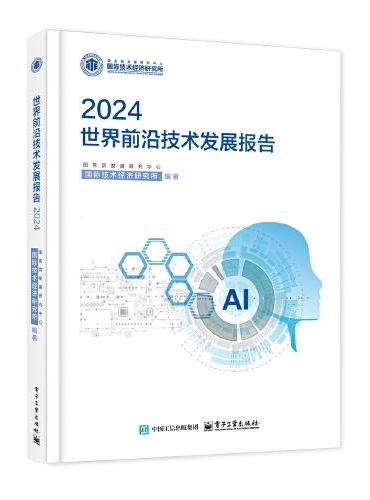 《 世界前沿技术发展报告2024 》 售價:HK$ 188.2 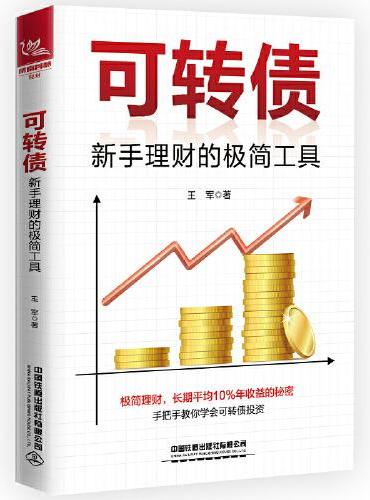 《 可转债——新手理财的极简工具 》 售價:HK$ 65.0 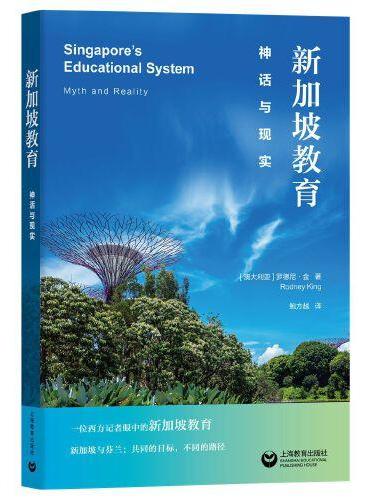 《 新加坡教育:神话与现实 》 售價:HK$ 96.3
|
|
| 書城介紹 | 合作申請 | 索要書目 | 新手入門 | 聯絡方式 | 幫助中心 | 找書說明 | 送貨方式 | 付款方式 | 香港用户 | 台灣用户 | 大陸用户 | 海外用户 |
| megBook.com.hk | |
| Copyright © 2013 - 2024 (香港)大書城有限公司 All Rights Reserved. | |